It was already “difficult to imagine anything like a full and complete life without a car” by 1930, so we urged the few who hadn’t yet “taken the plunge” to do so, providing all the required information in a special issue.
Driving tuition was available but amazingly not compulsory. “Considerations of time and expense may preclude your taking definite lessons, but if you buy your car from a firm of dealers of repute, you can be assured [they] will undertake to impart the rudiments,” we said.
“Instead of treating the whole process as an unwelcome means to a desired end, try to look upon the handling of a car in an efficient and rational manner as something at least as well worth cultivating as your golf or tennis.”
Thanks to great advances in reliability, one didn’t even need mechanical knowledge to be able to drive without worry; although of course the more one did learn about maintenance the better.
We also advised joining the AA or RAC for the “comforting knowledge that assistance can be obtained on almost any road in Britain”, a key to their always-operational roadside telephone boxes and no-cost legal defence.
For your first year of driving, having bought a typical a 40mpg motor in the 8hp tax class (an MG Midget, say), we recommended a budget of £39 – about £2020 today.
Why car maintenance in 1930 was a full-time job
If as a new driver you did intend to maintain your car’s mechanicals yourself, there was far, far more to know about and to keep on top of than there is today.
Most cars had nipples on their spring shakles that needed lubricating every 300-500 miles, and you had to grease the steering parts, the front wheels’ inner hubs, the brake connections, other moving parts under the car and the starter motor.
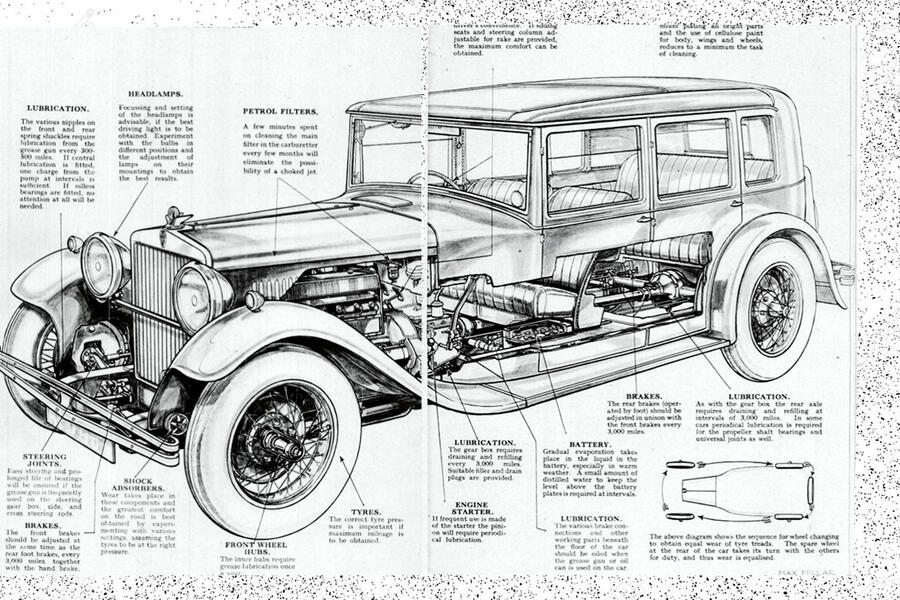
You had to drain and refill the oil in the sump every 2500 miles and that in the gearbox and rear axle every 3000 miles, plus some cars required periodical lubrication of their propshaft bearings and universal joints.
The front and rear brakes and handbrake needed adjusting every 3000 miles, you had to keep the battery topped up with distilled water as it evaporated and you had to check the tyres’ pressures periodically and rotate them about the car as their treads wore.
Under the bonnet, the carburettor’s main filter needed frequent cleaning; you had to fit new sparkplugs every 10,000 miles; the cylinders needed decarbonising every 5000-8000 miles; valve clearances had to be kept track of; the fanbelt wanted tightening every now and again; the clutch needed adjusting after 1000 miles; the distributor had to be lubricated; the oil filter needed cleaning every 1000-2000 miles; and you had to keep the oil level up. Christ, it was a full-time job!

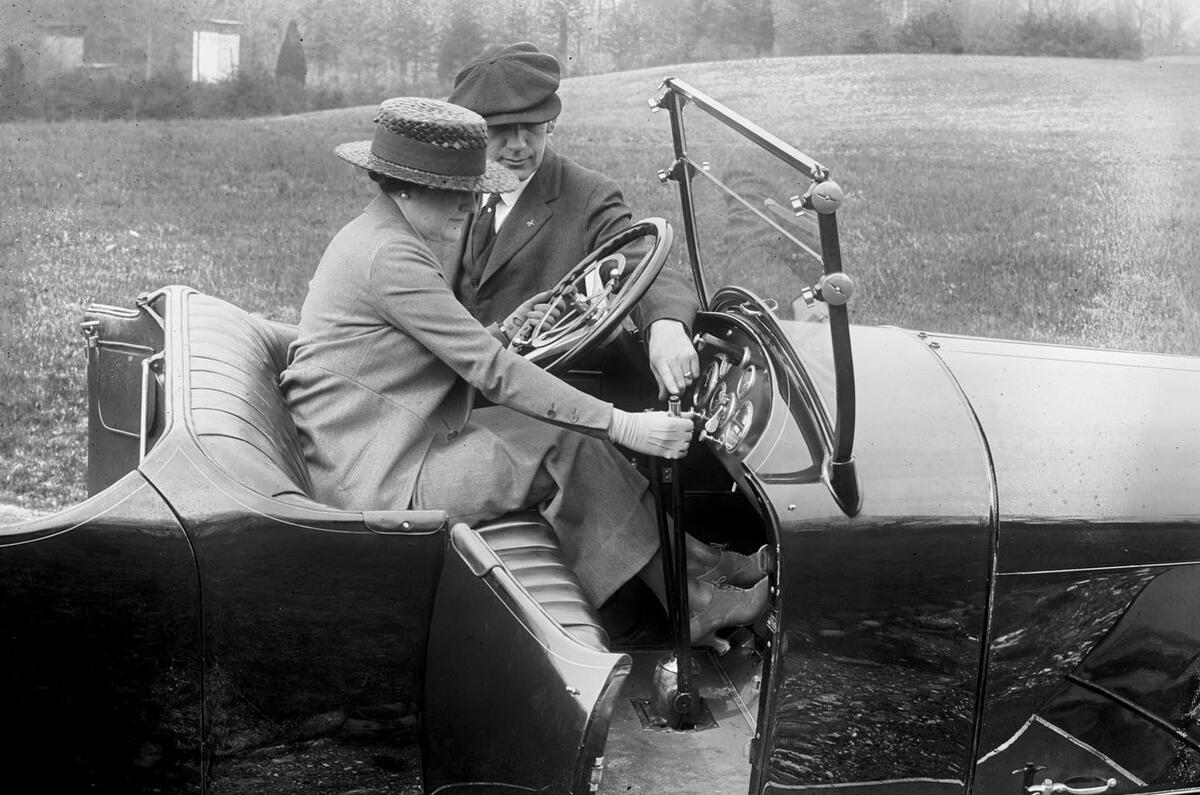
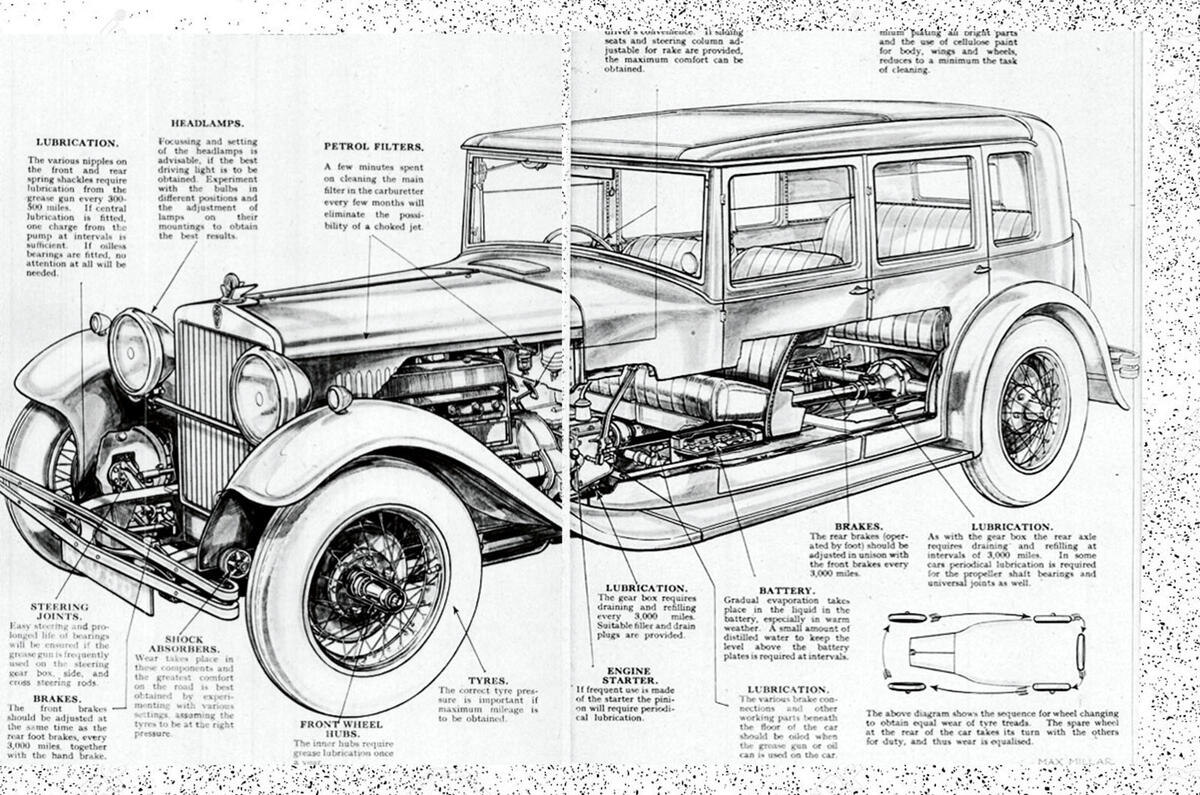
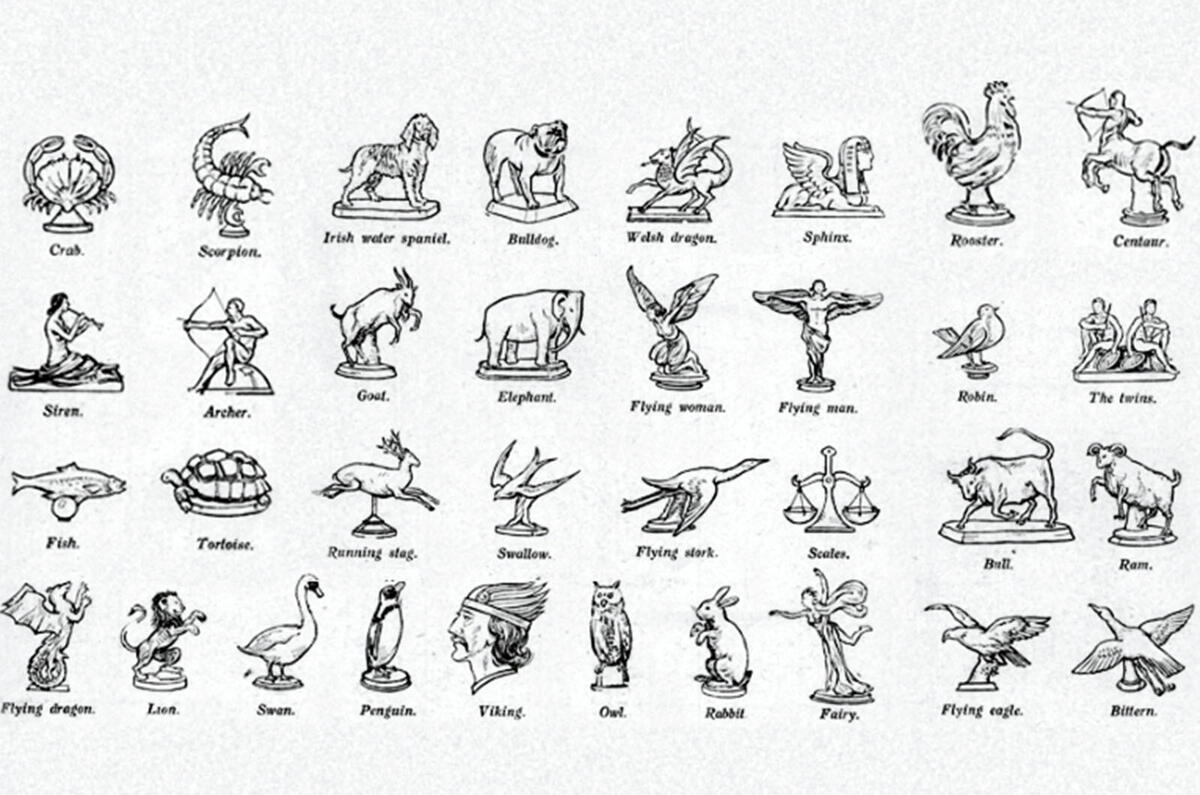
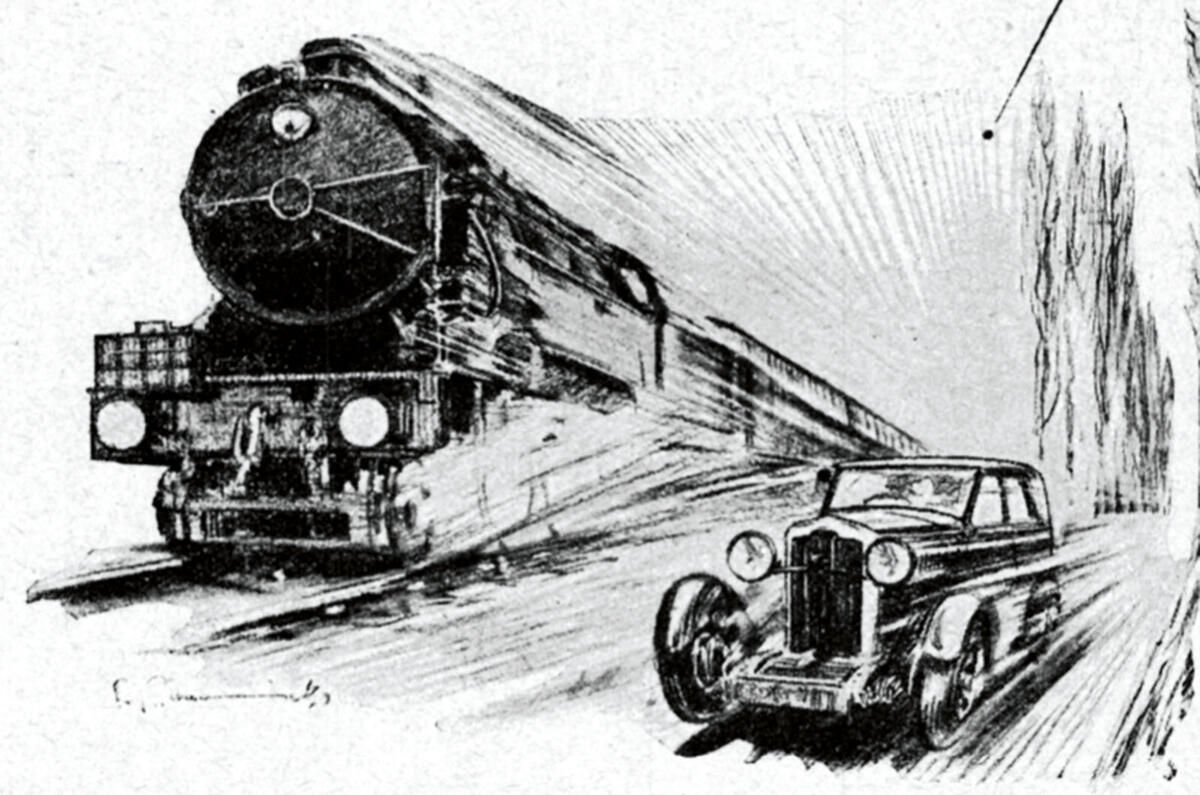
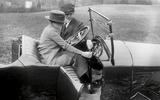
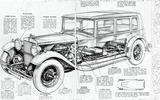
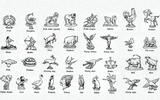
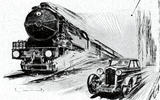

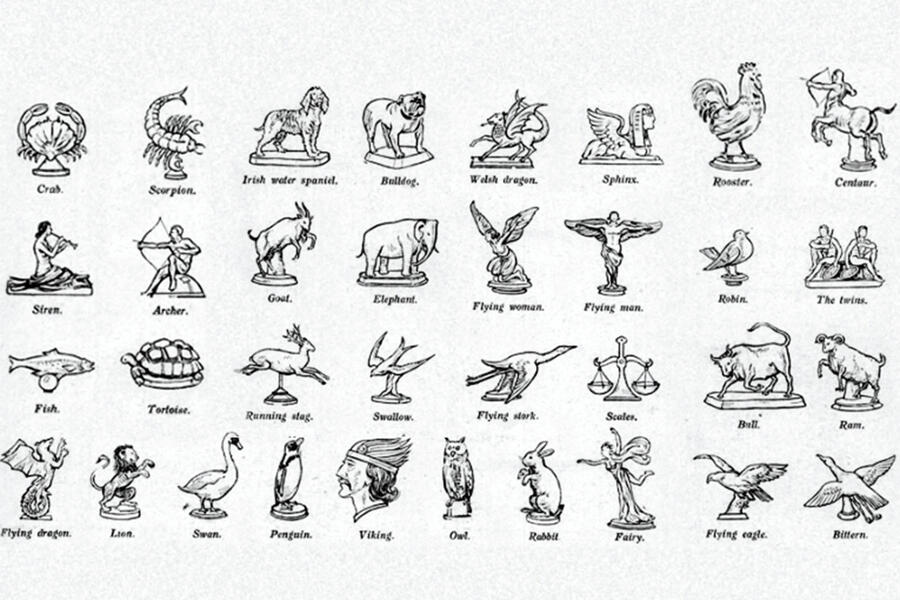
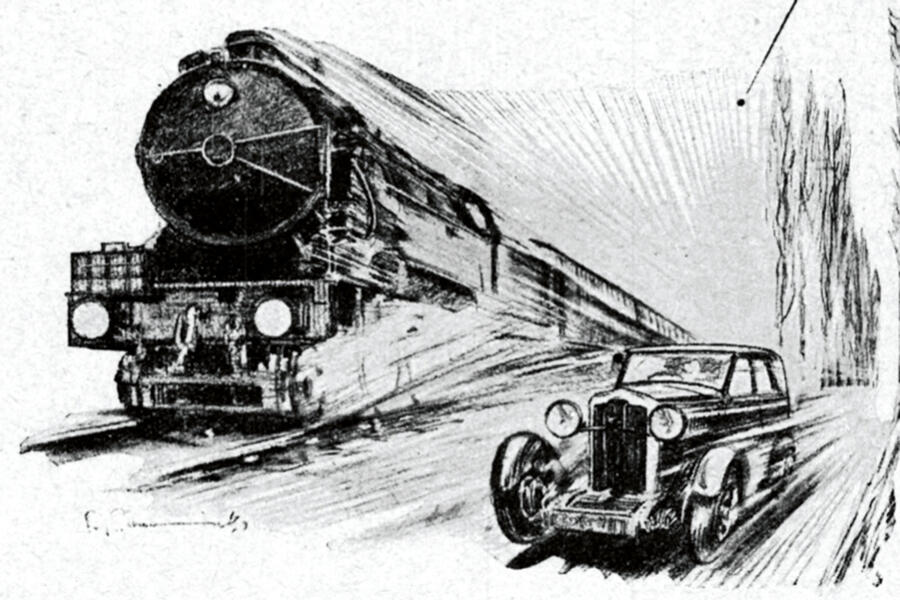

Add your comment